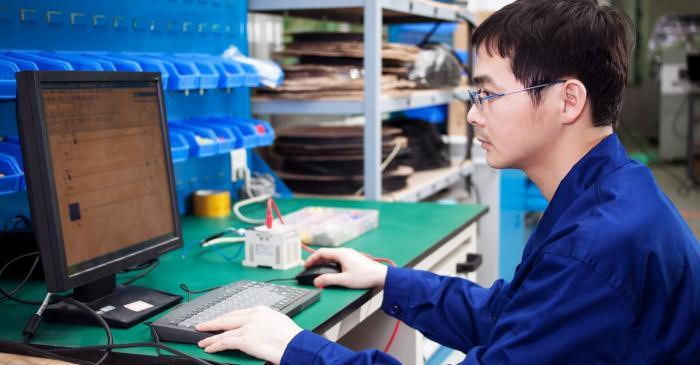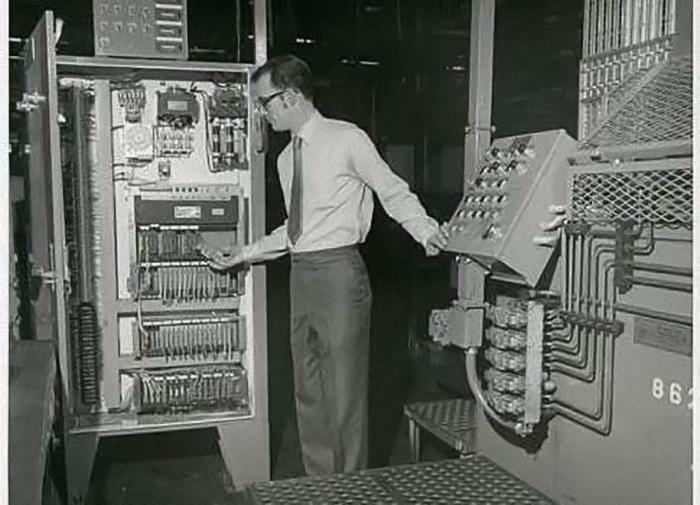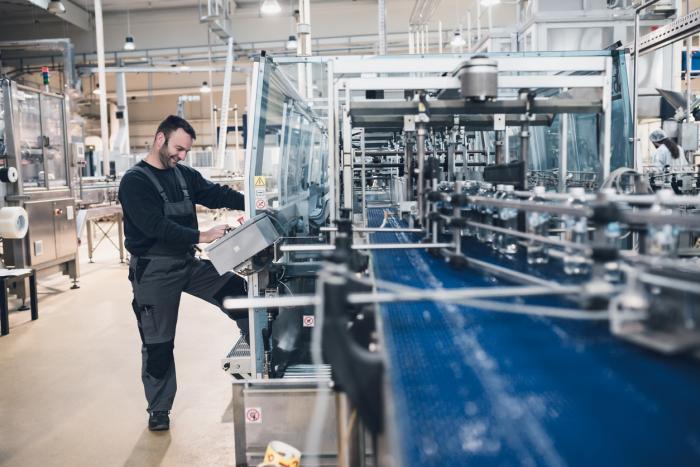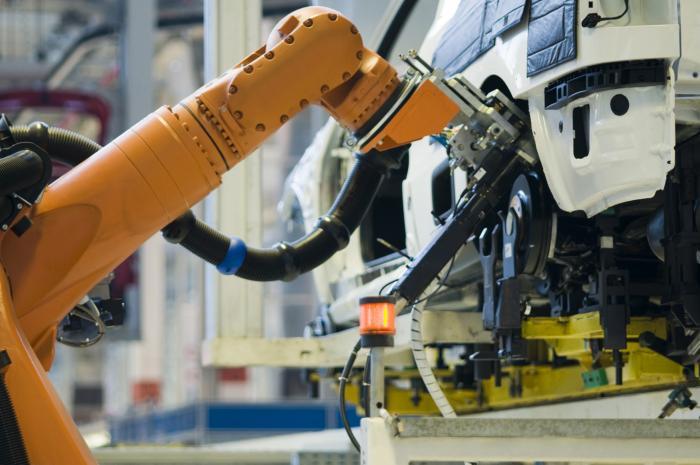The Evolution of PLCS
Nowadays, with almost every service imaginable available to us on our smartphone, it’s difficult to envision what technology was like before the invention of a single controller. For factories and manufacturing plants, the invention of programmable logic controllers (or PLCs) revolutionized the industrial automation process, as its cutting-edge technology replaced a complicated system of electromagnetic relays with a singular controller.
In industrial workplaces, PLCs are still the preferred choice over other systems. The system has evolved to incorporate modern technologies, while maintaining the durability of the design to withstand the conditions in a factory setting.

In order to gain the best understanding and appreciation of PLCs, it’s important to look at the history of the PLC, how it has evolved, and why it still remains one of the most important automation inventions used today.
What Are PLCs?
Programmable logic controllers are small industrial computers. Their design uses modular components in a single device to automate customized control processes. They differ from most other computing devices, as they are intended for and tolerant of severe conditions of factory settings such as dust, moisture, and extreme temperatures.
Industrial automation began long before PLCs. In the early 1900s until their invention, the only way to control machinery was through the use of complicated electromechanical relay circuits. Each motor would need to be turned ON/OFF individually. This resulted in factories needing massive cabinets full of power relays.
As industrial automation continued to grow, modern factories of the time needed dozens of motors with ON/OFF switches to control one machine, and all these relays had to be hardwired in a very specific way. PLCs were developed as a solution to have one solid control as an electronic replacement for hard-wired relay systems.

First Automotive PLCs
In 1968, the invention of the first PLC revolutionized the automation industry. First adopted by the automotive sector, General Motors began to deploy PLCs into their operations in 1969. Today, PLCs have broadly been accepted as the standard automated control system in manufacturing industries.
Known as “The Father of the PLC,” Dick Morely first came up with the vision of a programmable controller which could work for every job. He put the proposal together on January 1, 1968. Along with the team at his company (Bedford and Associate) they created a design for a unit which would be modular and rugged while using no interrupts. They called it the 084, which was named after their 84th project.
At the same time as the 084, Bill Stone with GM Hydramatic (automatic transmission division of General Motors) was having the same issue: problems with reliability and documentation for the machines in his plant. His solution proposed a solid-state controller as an electronic replacement for hard-wired relay systems.
For this reason, Morely insists he is not the inventor of the PLC. Morley stated: “the programmable controller’s time was right. It invented itself because there was a need for it, and other people had that same need.”
PLCs were designed so that they could easily be understood and used by plant engineers and maintenance electricians, using a software called Ladder Logic. Widely used in PLCs today, Ladder Logic is a programming language which uses ladder diagrams which resemble the rails and rungs of a traditional relay logic circuit.

The Evolution of PLCs in Industrial Automation
After their initial success with the 084, Bedford and Associates changed its name to Modicon PLC, which stood for Modular Digital Controller. Modicon 084 became the name associated with the very first PLC.
In the next few decades, the PLC evolved in numerous ways to adapt to various environments and integrate the latest modern technologies.
The emergence of competitors who developed similar systems which rivalled Modicon sparked the need for new innovations. As a result, the development of the “Data Highway” by Allen-Bradley and “Modus” by Modicon allowed PLCs to exchange information with each other.
As PLCs became more widely adopted, the need for a vendor-independent standardized programming language for industrial automation led to the introduction of the IEC 61131-3 standard — the international standard held for PLC software made by the International Electrotechnical Commission.
At the start of the 1990s, end users began making special requests. Plant managers wished for the new machinery to have industrial terminals with PLC monitoring software. They wanted machines which could tell the technicians what was amiss rather than spend hours troubleshooting; this resulted in the development of the programmable human-machine interface (HMI).
The implementation of HMI with new devices eventually brought internet connection to the factory floor.

PLC Programming in the Workplace Today
In modern industrial factories and manufacturing plants, the PLC is still the preferred system over PCs. As their technology continues to evolve, there is a steady demand for skilled PLC Technicians who are qualified to install, repair and maintain the systems.
Designed to be a more streamlined alternative to relay systems and switch boxes, PLCs have a dedicated OS and limited functionality. This significantly reduces the risk of malware attacks compared to other computing devices. PC devices require top-of-the line antivirus software and constant monitoring- a headache which PLCs, for the most part, avoid.
The design of the PLC has always been able to withstand the extreme temperatures, chemicals, vibrations, and other conditions of an industrial setting. Compared to the original Modicon 084, PLCs today are a fraction of the size, have considerable solid-state memory, and the most prevalent enhancement for the industry, drastically improved speed.
There continues to be an increase in demand for skilled and qualified technicians who receive PLC training. Many technical colleges and institutions offer PLC training online as a convenient option for those who wish to expand their professional qualifications while still working. Adding a PLC Technician Certificate to your existing resume opens the possibility for new job opportunities, promotions, and higher pay.

PLCs Continue to Evolve
PLCs remain one of the most important innovations in the history of industrial automation. These devices, which replaced complicated electromagnetic relays with a single controller, are still widely used today. The design has evolved to improve the technology, while maintaining its durability for factory settings.
Qualified PLC Technicians are valuable to any manufacturing plant or industrial workplace. As the technology of the PLC evolves, there is a demand for employees with skills in the fundamentals of PLC programming. PLC classes online offer simulation software which enables you to design, run, test, and debug ladder logic programs and simulate the operation of real-world PLC applications.
Advance your career by adding “Certified PLC Technician” to your resume. Take a look at the PLC Technician Program offered online by George Brown College.
